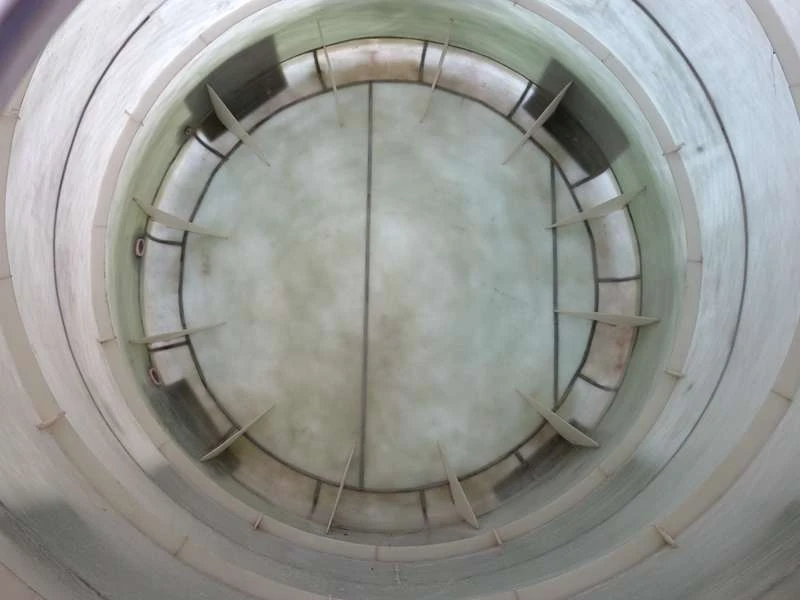
-
 Afrikaans
Afrikaans -
 Albanian
Albanian -
 Amharic
Amharic -
 Arabic
Arabic -
 Armenian
Armenian -
 Azerbaijani
Azerbaijani -
 Basque
Basque -
 Belarusian
Belarusian -
 Bengali
Bengali -
 Bosnian
Bosnian -
 Bulgarian
Bulgarian -
 Catalan
Catalan -
 Cebuano
Cebuano -
 China
China -
 China (Taiwan)
China (Taiwan) -
 Corsican
Corsican -
 Croatian
Croatian -
 Czech
Czech -
 Danish
Danish -
 Dutch
Dutch -
 English
English -
 Esperanto
Esperanto -
 Estonian
Estonian -
 Finnish
Finnish -
 French
French -
 Frisian
Frisian -
 Galician
Galician -
 Georgian
Georgian -
 German
German -
 Greek
Greek -
 Gujarati
Gujarati -
 Haitian Creole
Haitian Creole -
 hausa
hausa -
 hawaiian
hawaiian -
 Hebrew
Hebrew -
 Hindi
Hindi -
 Miao
Miao -
 Hungarian
Hungarian -
 Icelandic
Icelandic -
 igbo
igbo -
 Indonesian
Indonesian -
 irish
irish -
 Italian
Italian -
 Japanese
Japanese -
 Javanese
Javanese -
 Kannada
Kannada -
 kazakh
kazakh -
 Khmer
Khmer -
 Rwandese
Rwandese -
 Korean
Korean -
 Kurdish
Kurdish -
 Kyrgyz
Kyrgyz -
 Lao
Lao -
 Latin
Latin -
 Latvian
Latvian -
 Lithuanian
Lithuanian -
 Luxembourgish
Luxembourgish -
 Macedonian
Macedonian -
 Malgashi
Malgashi -
 Malay
Malay -
 Malayalam
Malayalam -
 Maltese
Maltese -
 Maori
Maori -
 Marathi
Marathi -
 Mongolian
Mongolian -
 Myanmar
Myanmar -
 Nepali
Nepali -
 Norwegian
Norwegian -
 Norwegian
Norwegian -
 Occitan
Occitan -
 Pashto
Pashto -
 Persian
Persian -
 Polish
Polish -
 Portuguese
Portuguese -
 Punjabi
Punjabi -
 Romanian
Romanian -
 Russian
Russian -
 Samoan
Samoan -
 Scottish Gaelic
Scottish Gaelic -
 Serbian
Serbian -
 Sesotho
Sesotho -
 Shona
Shona -
 Sindhi
Sindhi -
 Sinhala
Sinhala -
 Slovak
Slovak -
 Slovenian
Slovenian -
 Somali
Somali -
 Spanish
Spanish -
 Sundanese
Sundanese -
 Swahili
Swahili -
 Swedish
Swedish -
 Tagalog
Tagalog -
 Tajik
Tajik -
 Tamil
Tamil -
 Tatar
Tatar -
 Telugu
Telugu -
 Thai
Thai -
 Turkish
Turkish -
 Turkmen
Turkmen -
 Ukrainian
Ukrainian -
 Urdu
Urdu -
 Uighur
Uighur -
 Uzbek
Uzbek -
 Vietnamese
Vietnamese -
 Welsh
Welsh -
 Bantu
Bantu -
 Yiddish
Yiddish -
 Yoruba
Yoruba -
 Zulu
Zulu
grp demister
Understanding GRP Demisters The Key to Efficient Gas Separation
In the realm of gas processing and separation technology, GRP (Glass Reinforced Plastic) demisters play a crucial role in ensuring that systems operate efficiently and effectively. These devices are designed to separate liquid droplets from gas streams, thereby preventing the carryover of liquid into downstream processes. The significance of GRP demisters is especially profound in industries such as oil and gas, petrochemicals, and power generation, where the integrity of operations is paramount.
The Function of GRP Demisters
At its core, a demister serves one primary function the removal of entrained liquid particles from gaseous streams. When gases are utilized in industrial processes, they often contain moisture or other liquid contaminants. If these droplets are not removed, they can cause several operational issues, including equipment damage, reduced efficiency, and potential safety hazards. A GRP demister efficiently captures these droplets through a series of mechanisms, including impaction, interception, and diffusion.
In GRP demisters, the material is crucial. Glass reinforced plastic offers excellent strength-to-weight ratios and can withstand corrosive environments, making it ideal for harsh operational settings. The material’s durability ensures a long service life while minimizing maintenance needs. Furthermore, GRP demisters can be designed to meet specific process requirements, providing tailored solutions for diverse applications.
The Design of GRP Demisters
The design of GRP demisters typically involves a series of packed or structured media through which the gas passes. As the gas stream encounters these media, liquid droplets are captured, clinging to the surfaces of the demister components. The captured liquid then coalesces into larger droplets, which gravitate downwards and are collected for removal. This mechanism is highly efficient, often achieving droplet removal rates upwards of 99%.
grp demister

One of the key advantages of GRP demisters is their ability to handle a wide range of flow rates and temperatures. Whether in a high-volume gas processing facility or a small-scale operation, the adaptability of GRP demisters ensures optimal performance. Additionally, their lightweight nature facilitates easier installation and retrofitting, which can be a significant advantage for existing systems.
Applications of GRP Demisters
The applications of GRP demisters are extensive. In the oil and gas industry, they are used in production systems to prevent liquid carryover that could jeopardize separators and compressors. In petrochemical plants, they help maintain product quality by ensuring that only clean gas enters downstream processes. Power plants also rely on GRP demisters to protect turbine systems from damage caused by liquid water in the gas stream.
Moreover, GRP demisters are not limited to traditional industries. Their effectiveness in removing contaminants makes them suitable for environmental applications, such as air pollution control and waste treatment systems. As regulations tighten around emissions and discharge, the demand for efficient gas treatment solutions like GRP demisters continues to grow.
Conclusion
In conclusion, GRP demisters are a vital component in the field of gas separation technology. Their unique properties and design cater to the challenges faced in various industries, ensuring operational efficiency and safety. With their ability to withstand harsh conditions and adapt to specific needs, GRP demisters not only enhance process reliability but also contribute to environmental sustainability. As industries evolve and the demand for cleaner processes intensifies, the significance of GRP demisters will undoubtedly continue to rise, solidifying their place as indispensable tools in the pursuit of efficient gas processing solutions.









